Before the age of the micro-compact double stack polymer framed 9mm pistol, there was were two elegant, more refined (though lower capacity) options; the Walther PPK and SIG Sauer P230. They were considered by many in the second half of the 20th century to be the classic concealed carry pistols.
These guns are from a (mostly) bygone era when steel and direct blowback meant high end European quality imports from the land of Teutonic engineering wizardry known as West Germany.
There was actually a time when the ideal conceal carry semi-automatic was an all-steel single stack pistol chambered in 9x17mm Kurz, AKA .380 ACP. The round was considered plenty of power in the days before the plastic fantastic lightweight 9x19mm Parabellums of today.
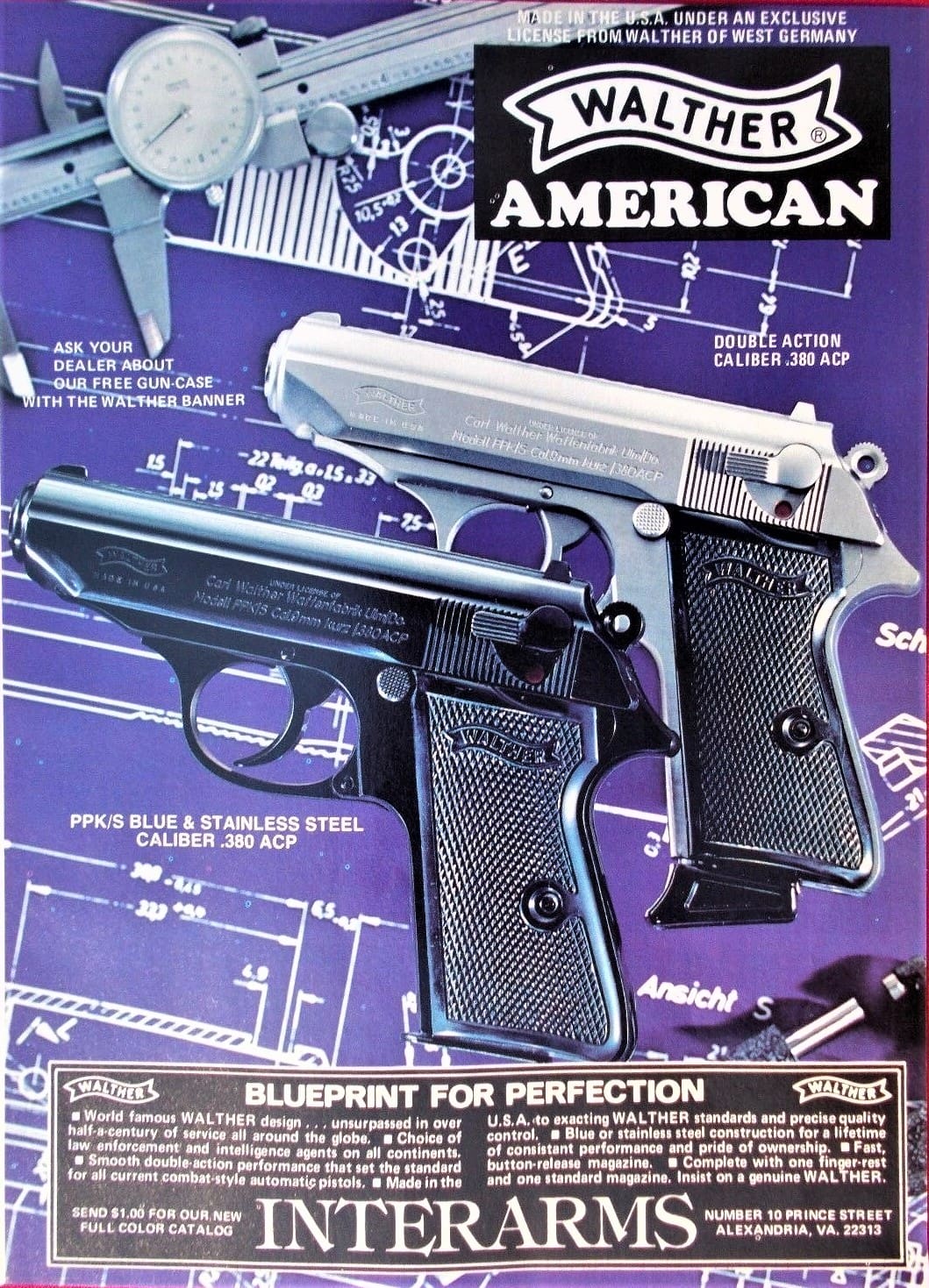
Introduced to the shooting world in 1935 by Carl Walther Waffenfabrik as the Polizeipistole kriminal, the PPK was Walther’s answer to what plain clothes German polizei wanted…a reliable DA/SA compact pistol chambered in a capable cartridge.
These days the .380 ACP is more often looked down upon as having not enough “stopping power.” Back then, however, the .380 FMJ round was viewed as a very viable self defense cartridge.
The pistol was an instant hit, purchased across the world by militaries, police departments, and private citizens. The gun set the standard for what a then-modern concealable pistol should be.
The PPK saw use in WWII by the German Wehrmacht. Later, the post war West German government along with numerous police forces like, for instance, the Kentucky State Police carried the gun as a backup. Even the UK’s Royal Air Force chose it as an official issued pistol for soldiers stationed in Northern Ireland as an off-duty gun during “the troubles.”
After WWII, Walther fled Zella-Mehlis in the state of Thuringia as it fell under Soviet Occupation Zone. The company reestablished itelf in Ulm, located in the state of Baden-Württemberg, in what was then the French Occupation Zone.
That led to an interesting development. Walther was barred by the conditions of the WWII treaties from making weapons in Germany. Since Walther was in the French zone, they struck up a partnership with Manufacture de Machines du Haut-Rhin, also known as Manurhin, the same Manurhin that makes the world famous MR-73 revolver.
As part of the partnership, Manurhin could make Walther firearms for their own markets and for Walther. And that is exactly what happened with this particular Walther PPK.
As a post war gun, it was made by Manurhin in France and then shipped to Walther in Germany for final assembly and proofing. This is the real deal, not a post-1968 imported PPK/S.
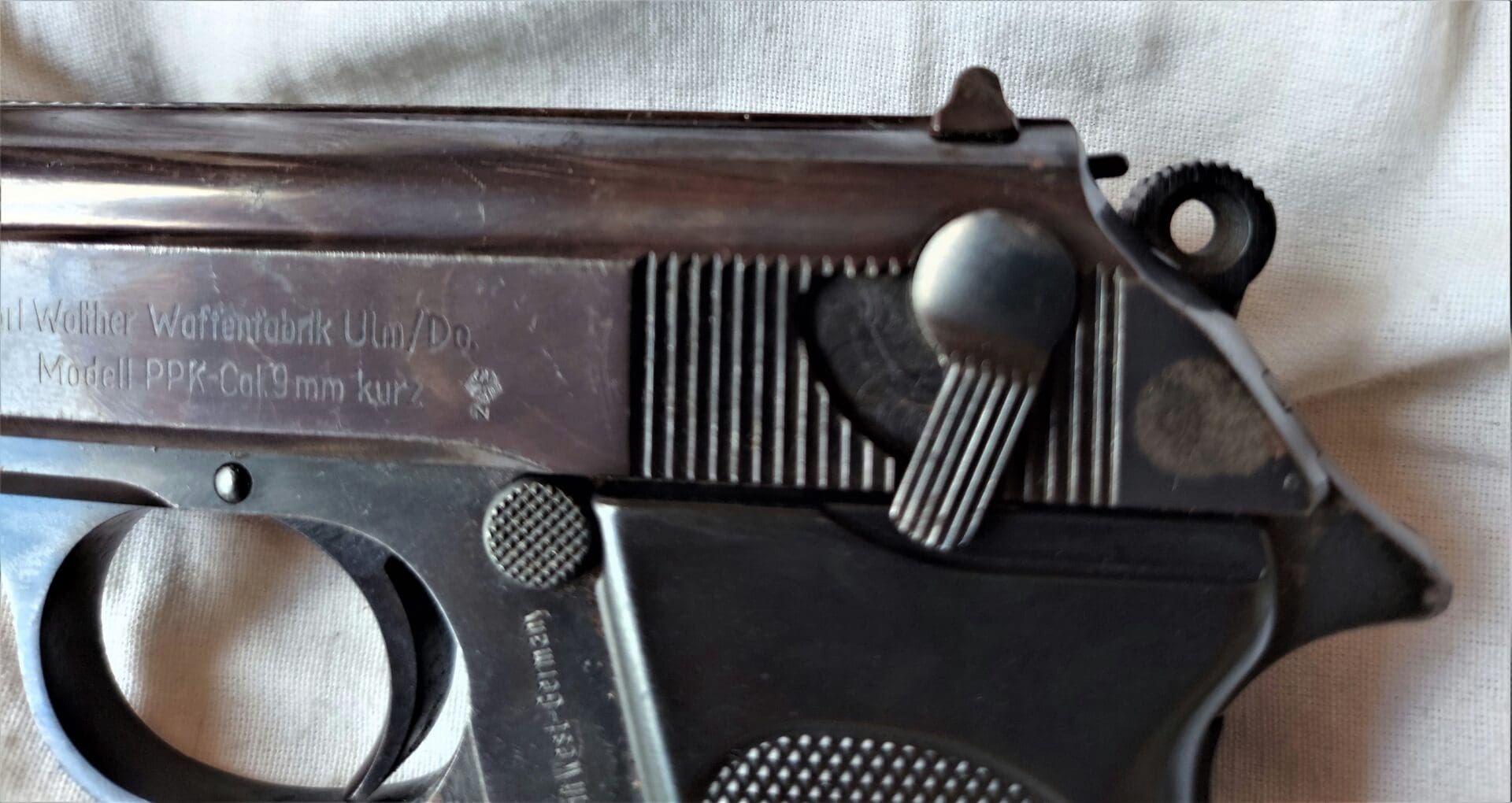
This gun was made and imported into the US just prior to passage of the Gun Control Act of 1968 that created the draconian point system that barred high quality pocket guns like FN’s Baby Browning and Walther’s TPH that didn’t qualify with enough “import points.”
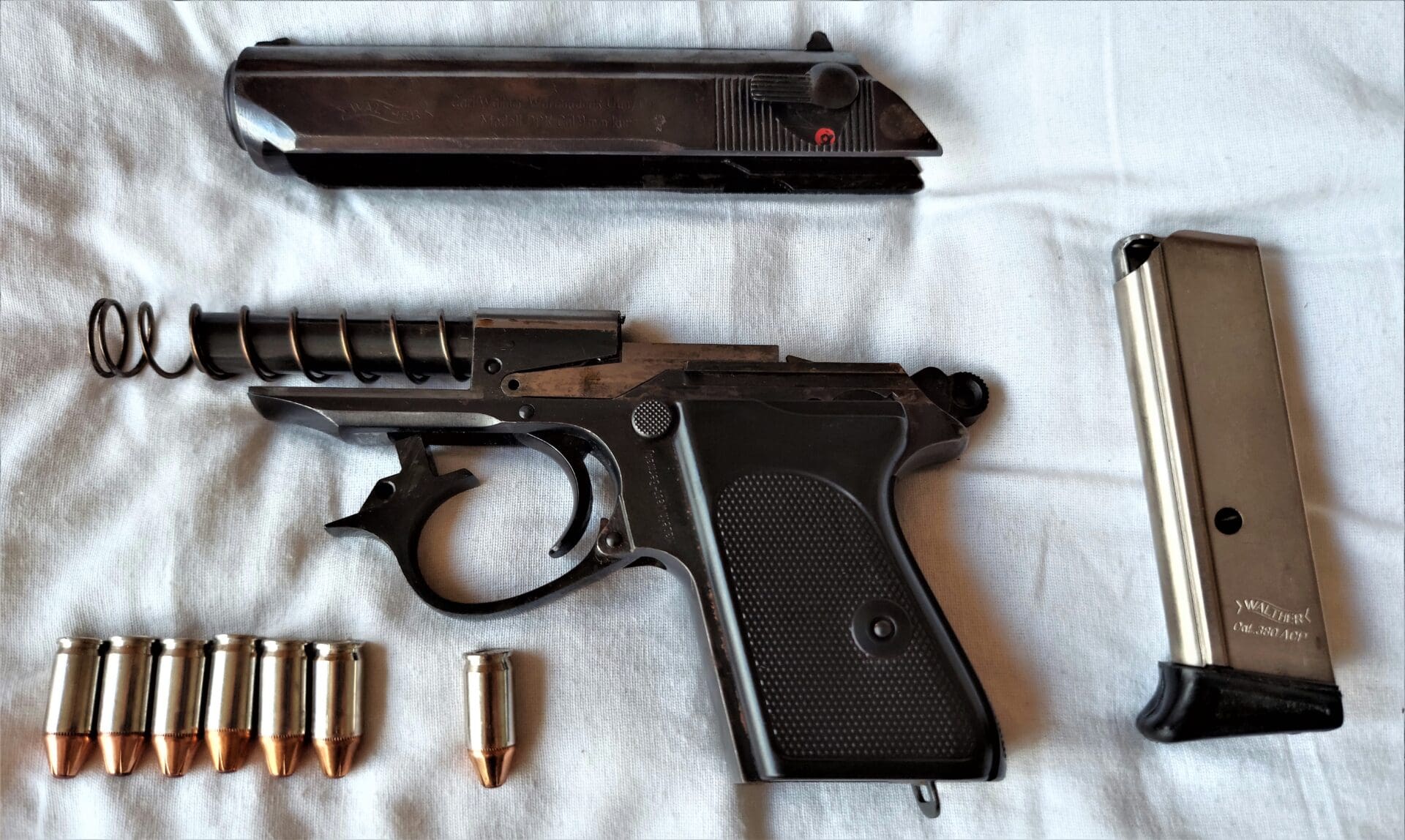
The PPK is a 6+1 capacity, DA/SA, direct blowback operated pistol. Takedown is a breeze. Simply unload and remove the magazine, pull down the trigger guard, pull the slide all the way back, lift up, and voilà!
The gun famously starred as the issued pistol for James Bond for the majority of the character’s film history.
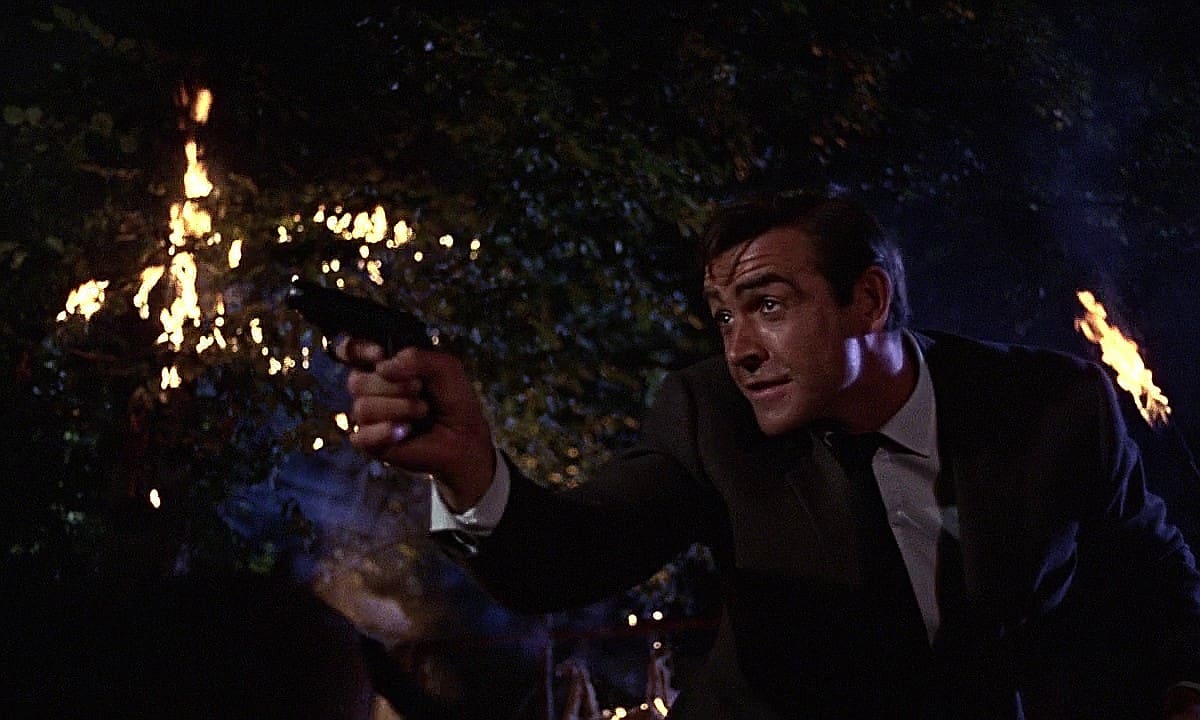
The only difference is Bond’s gun was chambered in .32 ACP in the scripts.
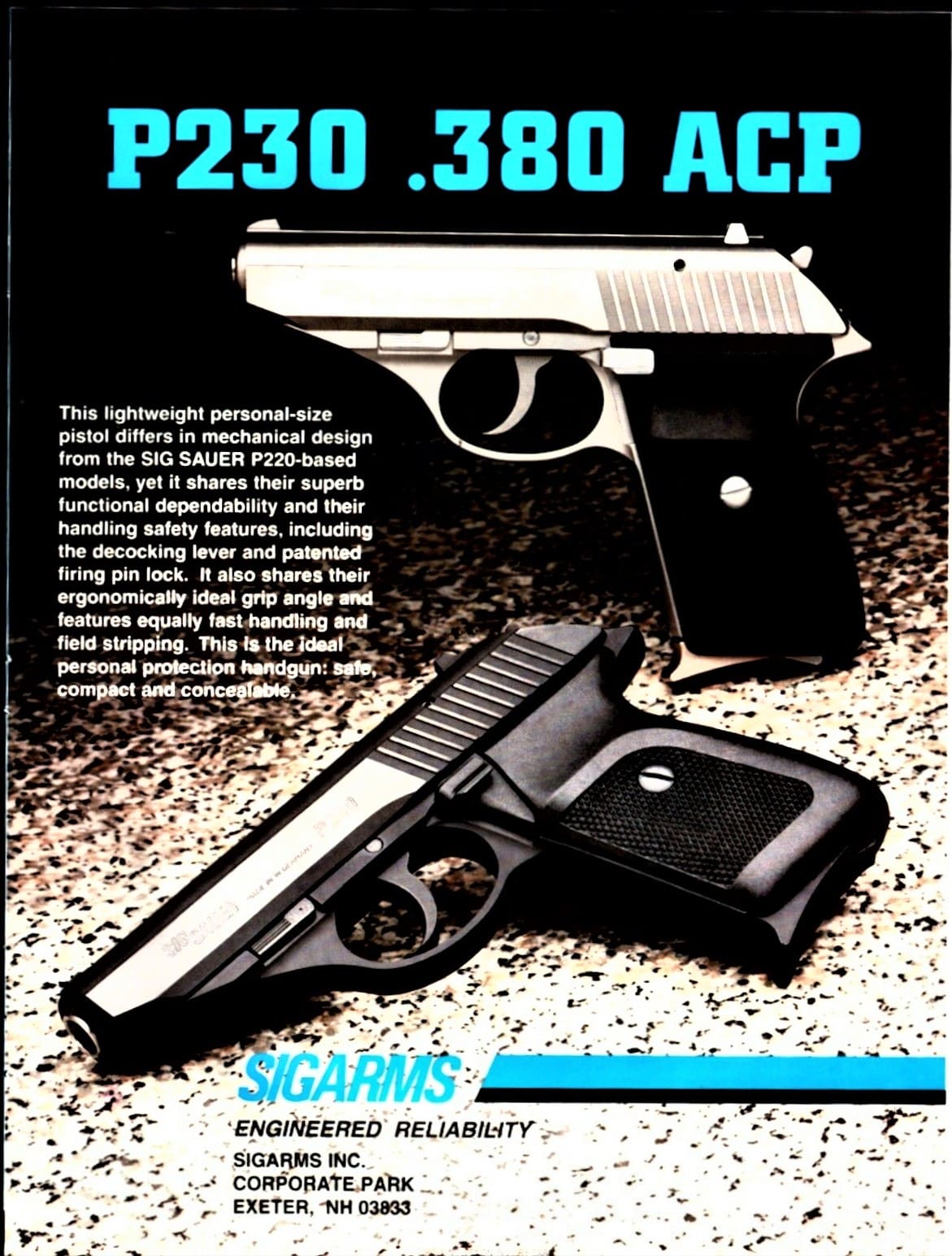
The SIG Sauer P230, was developed for West German police contracts after the 1972 Munich massacre. Prior to that, the majority of the police West Germany were armed with .32 ACP pistols like…the Walther PPK and Walther PP. But the police wanted something harder-hitting so SIG Sauer developed the P230 as the answer. Ultimately, it was passed over for a 9x19mm chambered pistol, the SIG P6 (also known as the P225).
Made at SIG’s Eckernförde, Germany plant and introduced to the shooting public in 1977, the P230 saw tremendous sales and popularity. A number of agencies across the globe issued the P230 including the Japanese Prefectural police departments. They issued the P230 as a duty pistol for their cops as did the UK’s Special Air Service (SAS) and a number of agencies in the US and Switzerland.
The P230 was a hit and very popular in the 1980s and up to the mid 1990s as a concealed carry gun. The P230 being held in high regard due to its design, trigger, and ergonomics.
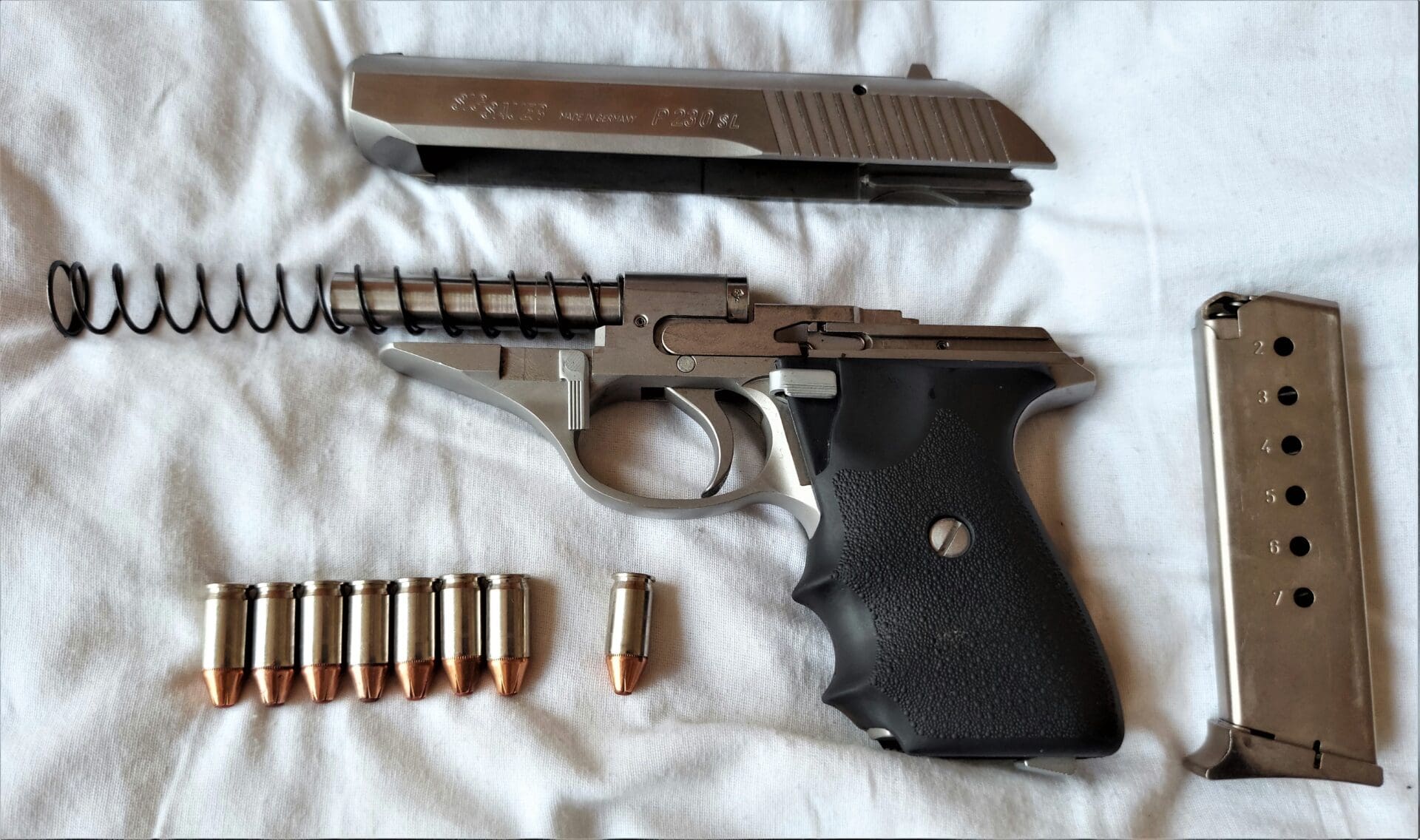
With a 7+1 capacity pistol, the P230 was made in a couple of variations. Most were aluminum framed guns, but SIG made the SL variant with a stainless steel frame. That’s what this one is.
The ergonomics are very good. Takedown for cleaning is easy. Unload the gun and remove the magazine, flick down the lever, pull the slide back all the way and lift off and it is good to go.
Like the Walther PPK, the SIG P230 was used in a number of films and TV shows.
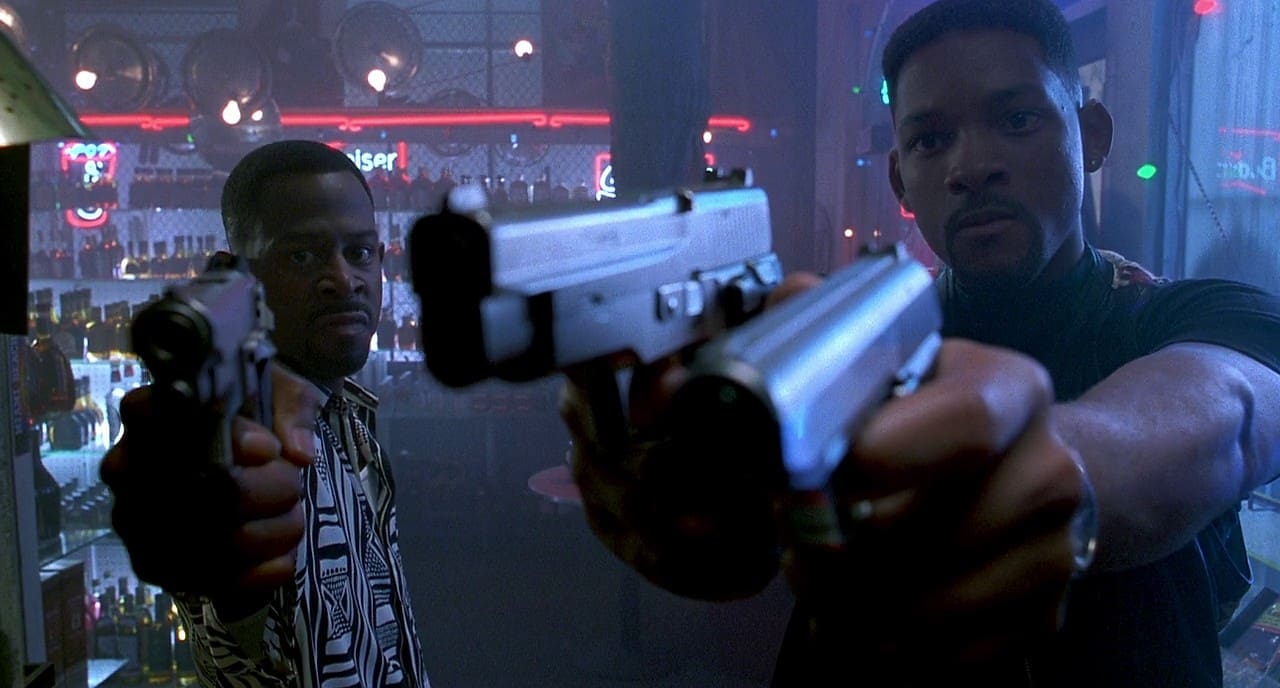
It served as Will Smith’s back up gun in the 1995 film, Bad Boys and and Nicolas Cage’s gun in the 1999 film 8MM.
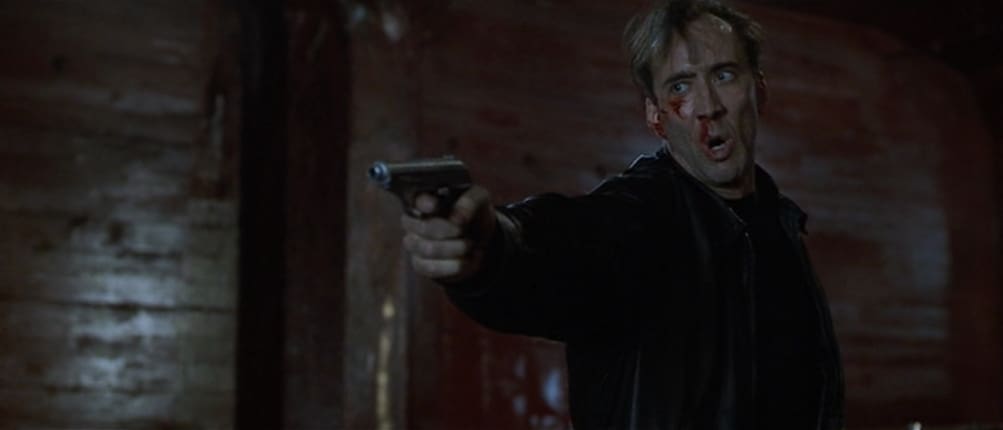
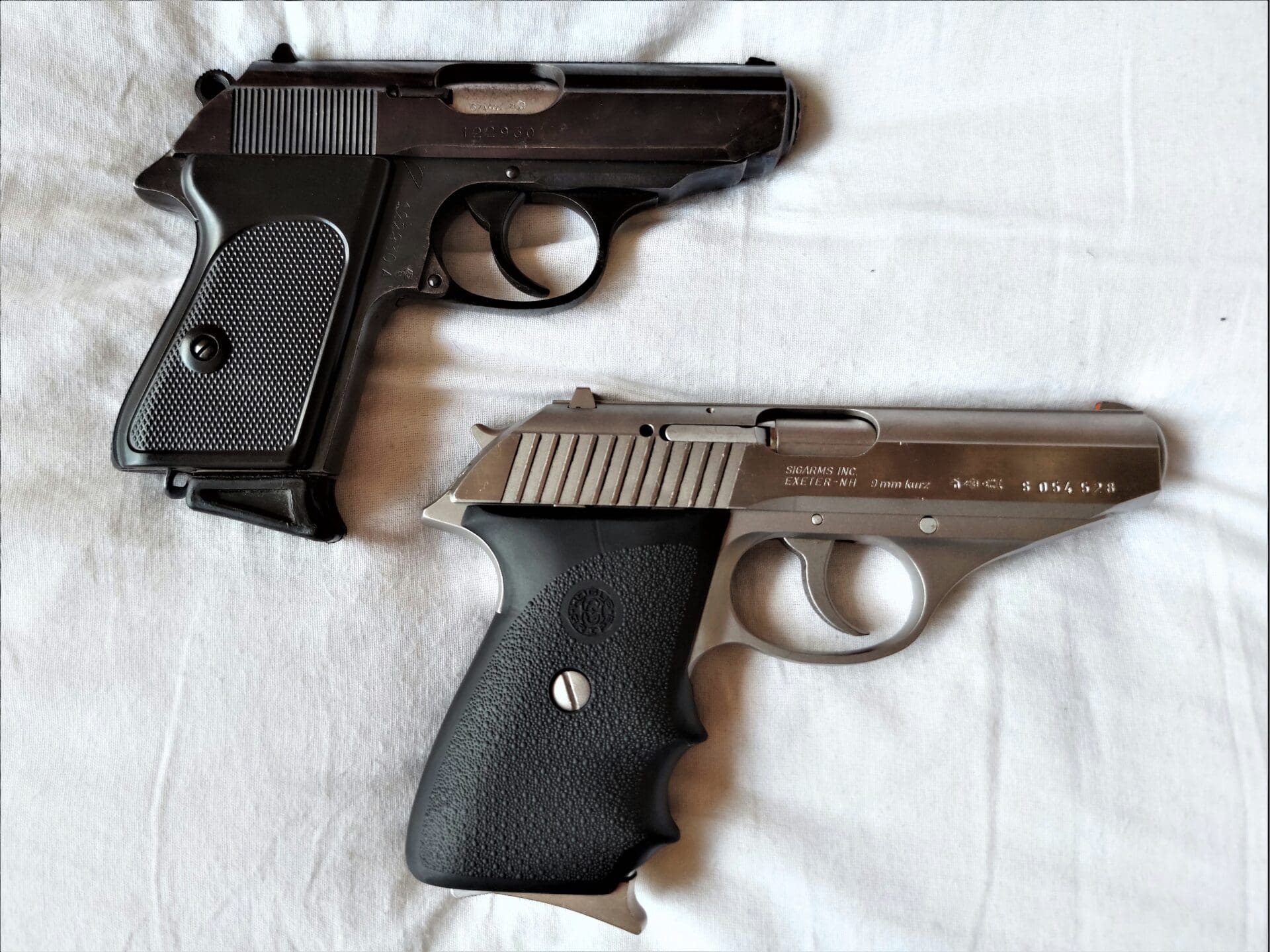
Both guns have very similar lines, but there are differences. For example, the Walther uses a slide-mounted safety/de-cocker while the SIG has a frame-mounted de-cock only lever.
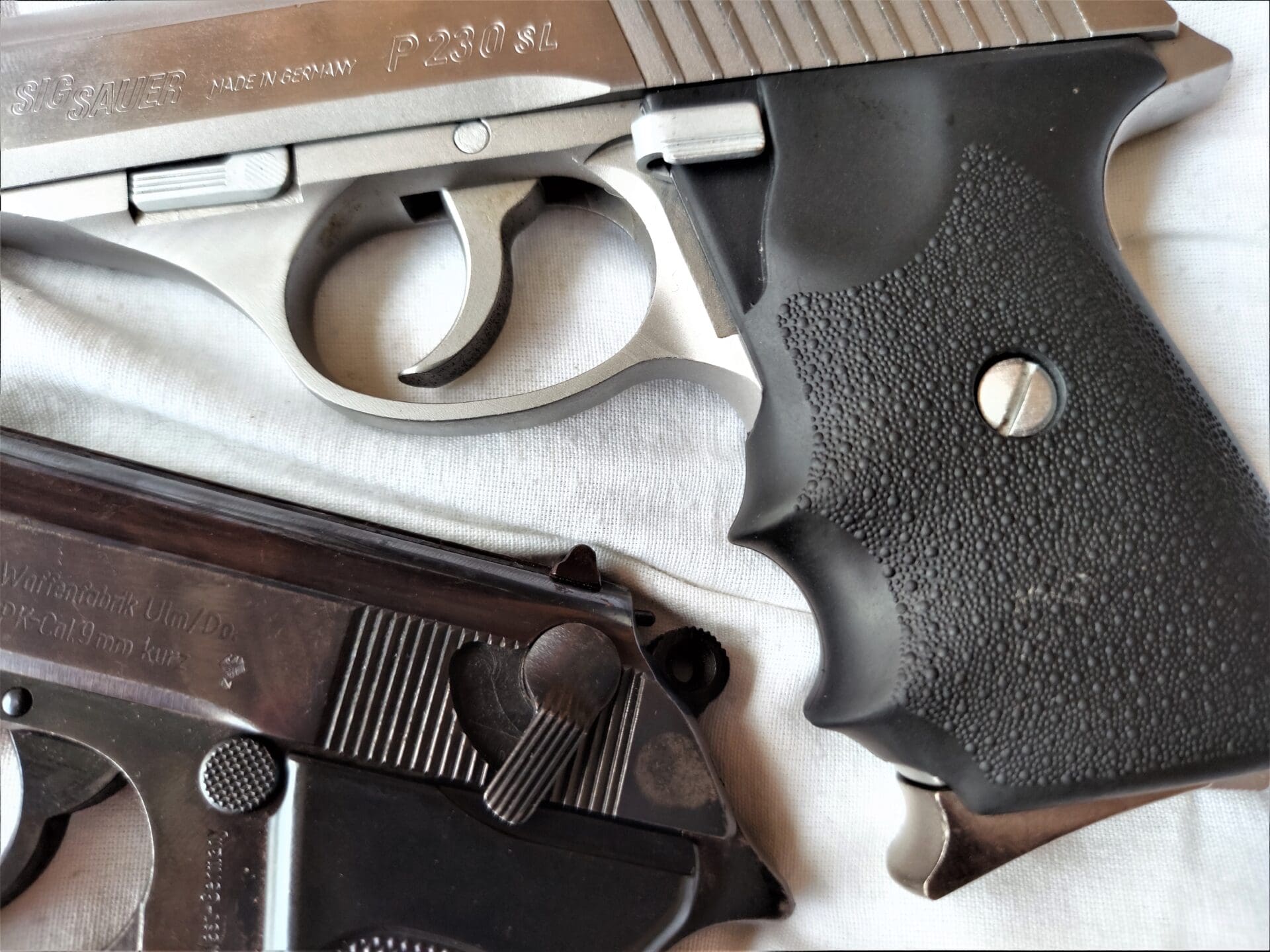
Both shipped from the factory with stainless finished magazines.
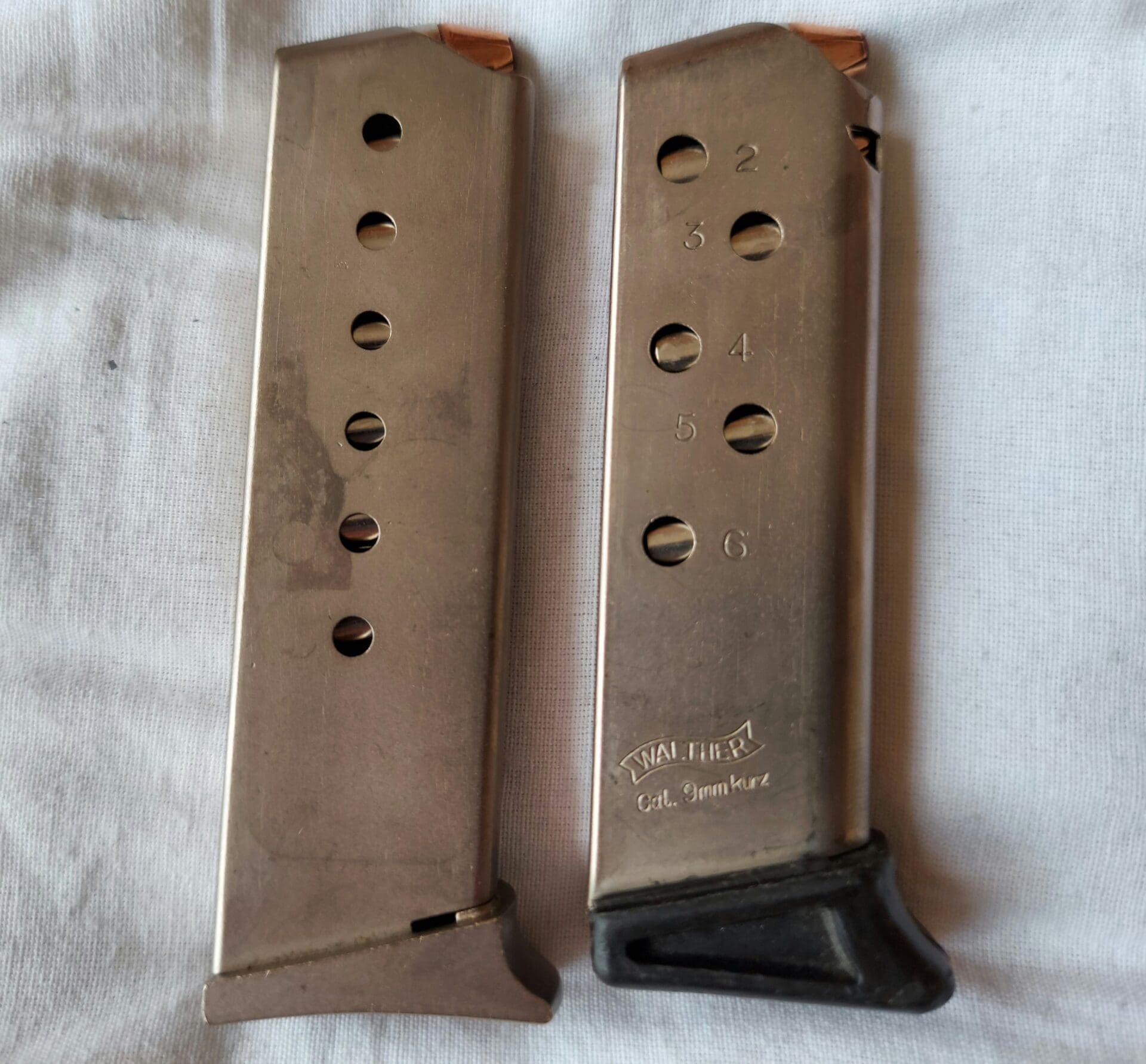
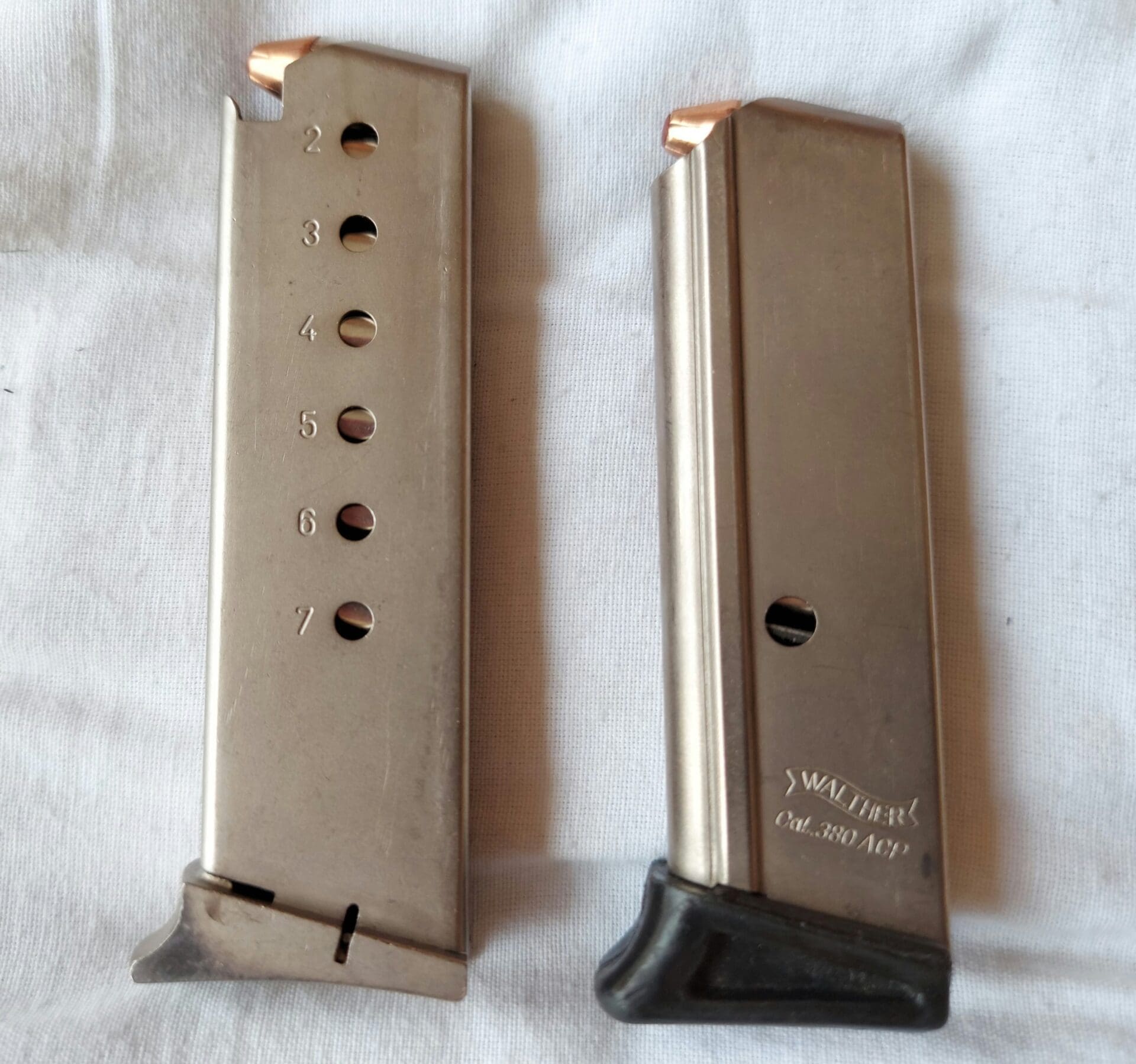
The SIG magazine has witness holes on both sides, while the Walther’s is only on the right side.
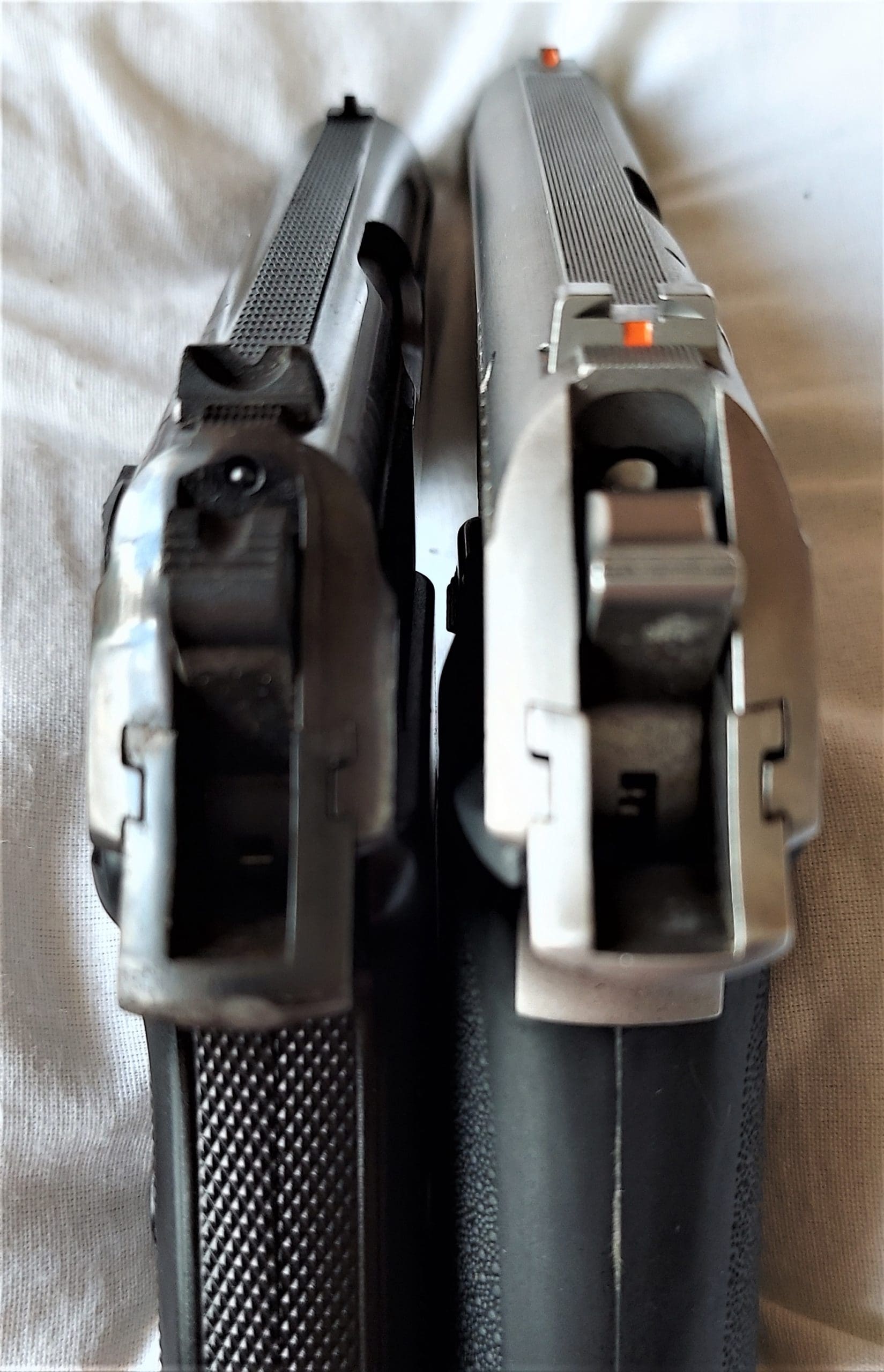
The sights on the SIG stand out much better, especially with the dayglo orange paint. The Walther’s sights are still adequate for its intended use.
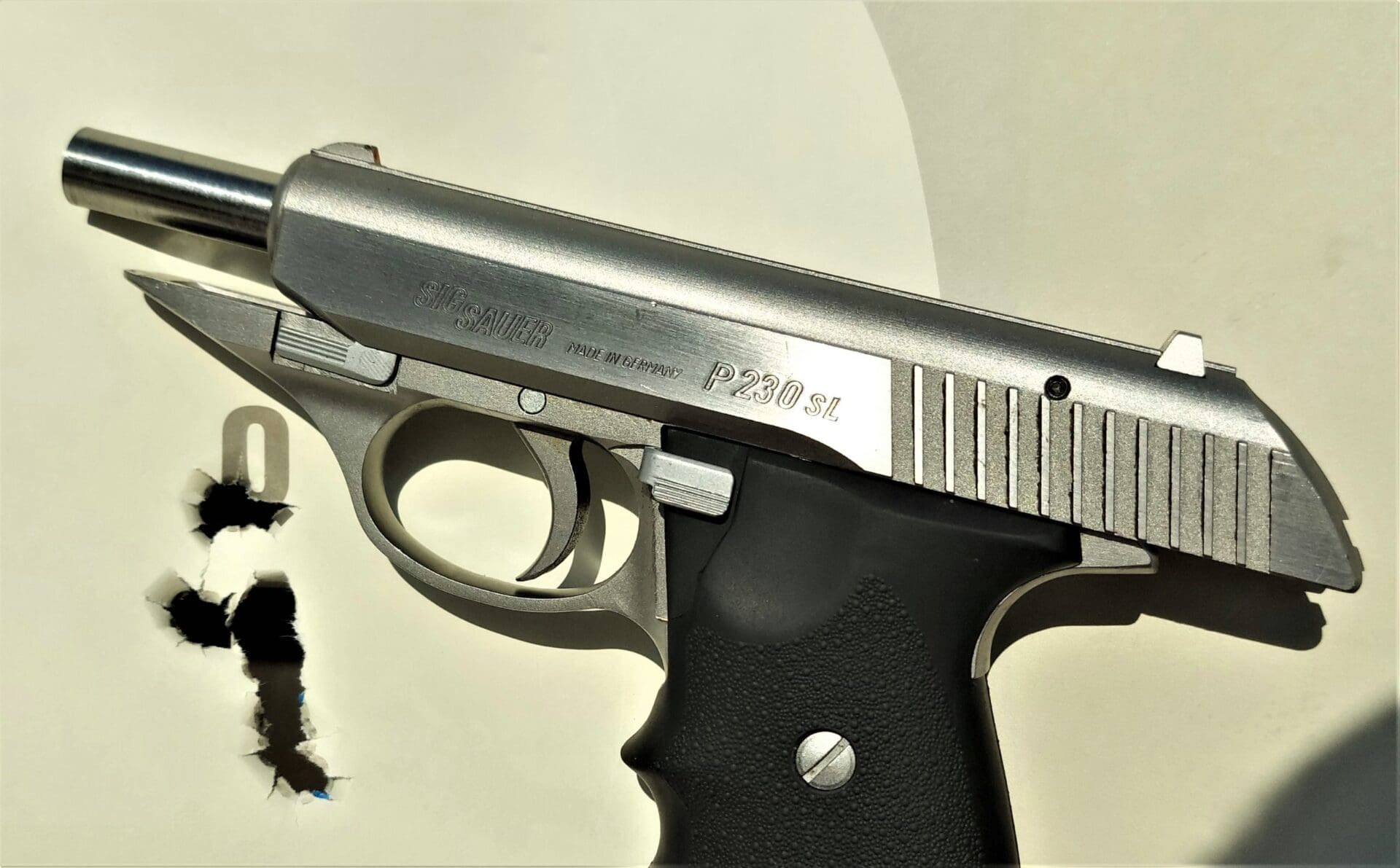
The SIG is delightful to shoot. I shot both the SIG and the Walther at standard defensive distances of seven yards with Fiocchi 95gr FMJ. The trigger is smooth and while the gun is an unlocked blowback design, it’s very controllable.
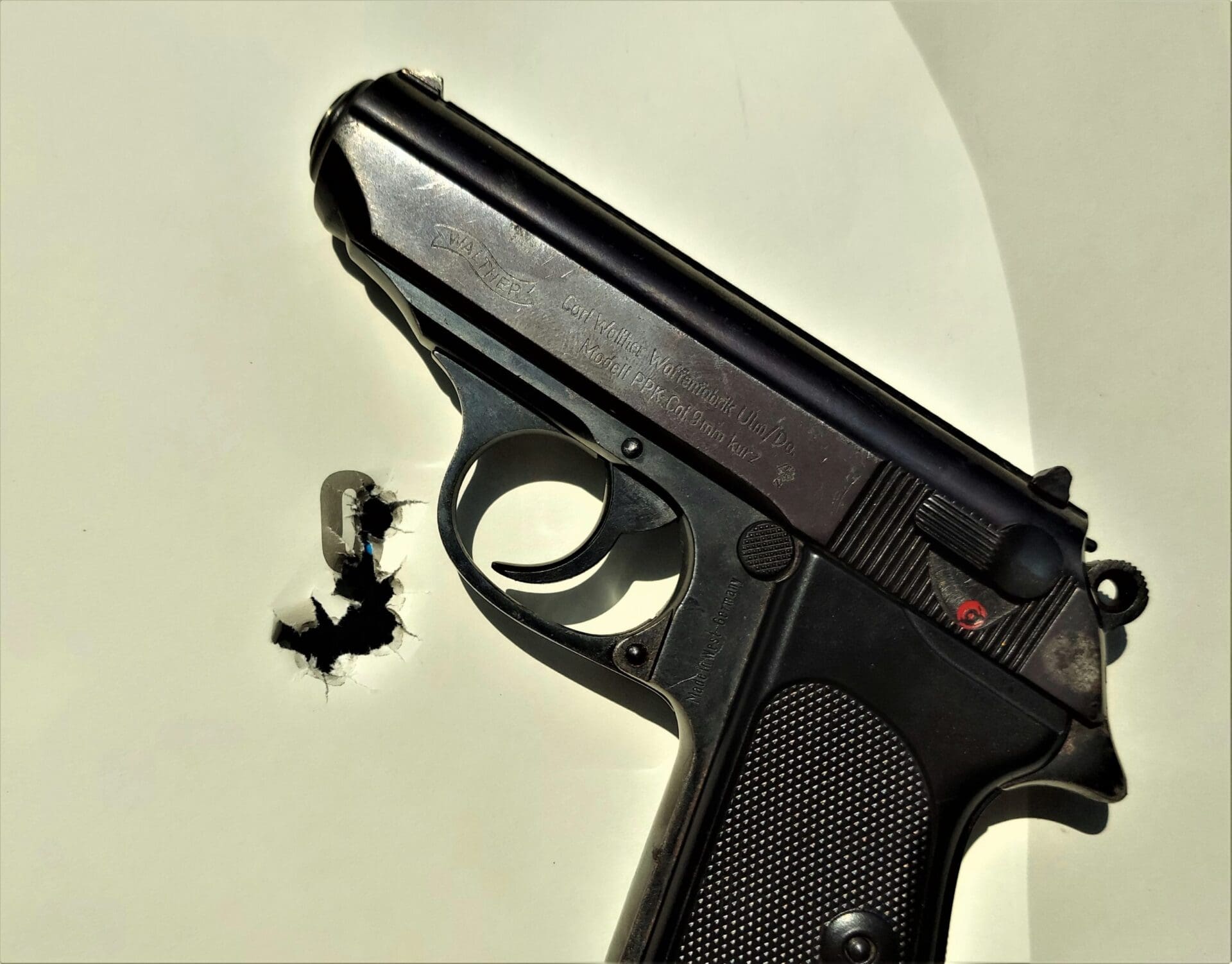
The Walther is also plenty accurate, slightly moreso than the SIG. But for some reason, it fails to lock back after the last shot. While you might think the gun is loaded due to the loaded chamber indicator sticking out. With this particular PPK, if you hold the gun a certain way, the indicator pin will pop out freely.
The Walther has a heavier trigger pull weight and recoil is more pronounced due its smaller size. But overall, it is an enjoyable gun to shoot.
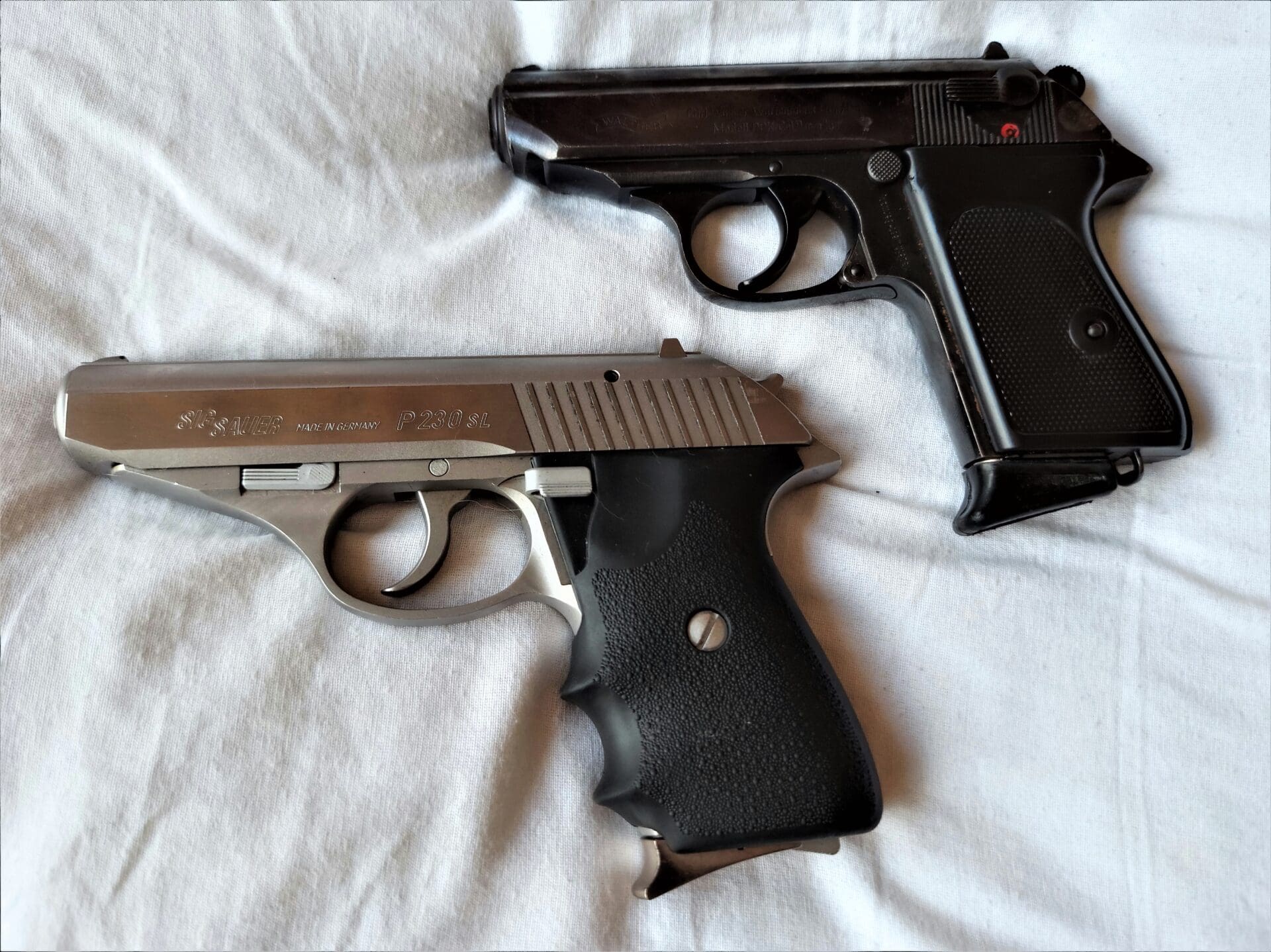
Overall, both guns are excellent shooters, even in today’s world. They’re still very viable carry pieces even though there are “better” options available now. The SIG P230 was replaced in the 1990s by the P232 and that model has since also gone to the great shooting range in the sky since SIG Sauer has outright ceased production of all guns in Eckernförde. SIG is now strictly making guns in the US of A and the P232 didn’t make the trip.
Walther is still making the PPK at their production plant in Fort Smith, Arkansas so you can still get a new production Walther. But if you want the svelte SIG, your only option is on the used market.
Luis Valdes is the Florida Director for Gun Owners of America.

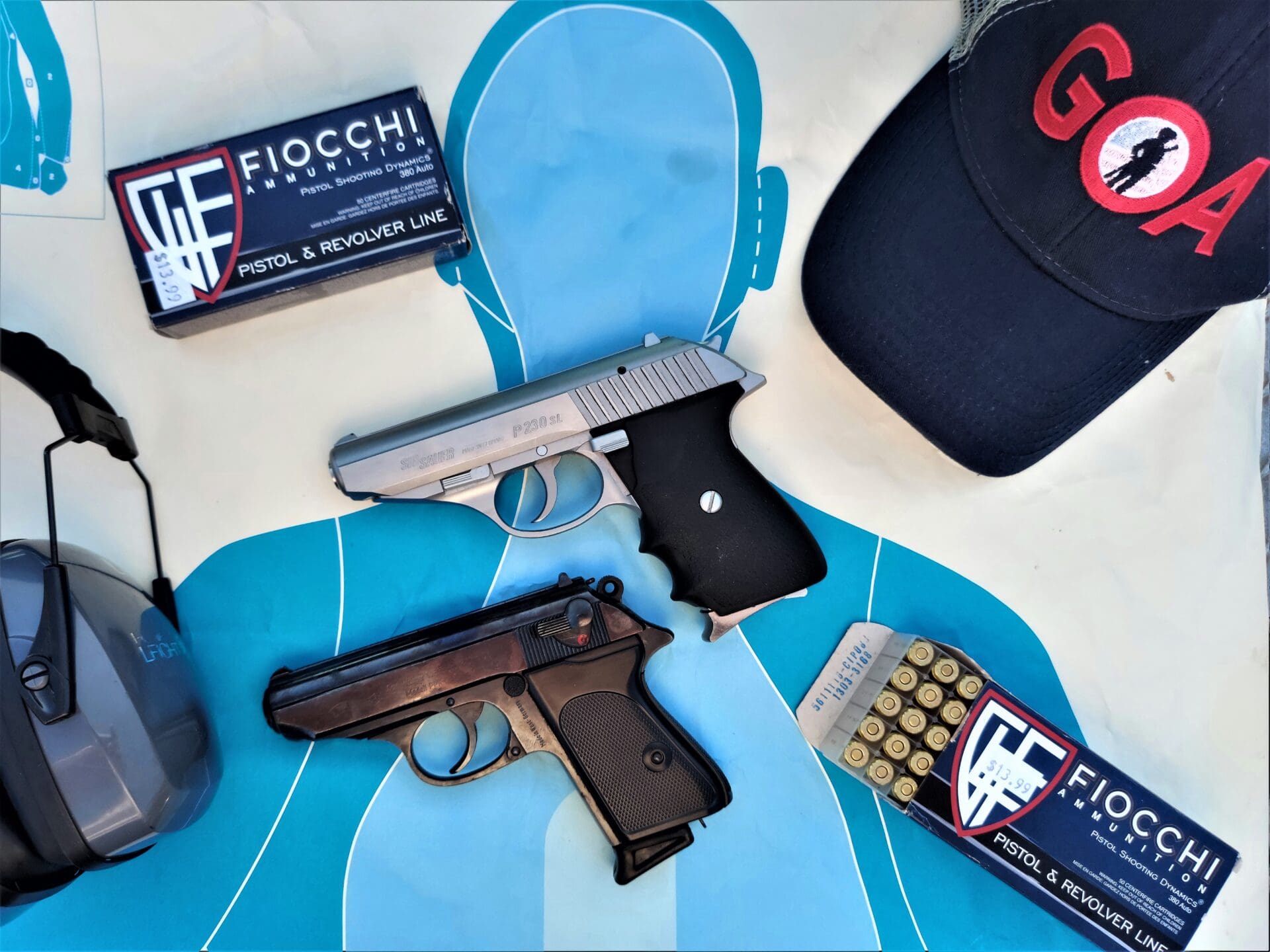



Note that the BERSA .380 has a better trigger and was much cheaper. Just didn’t have the name. Still the “sleeper” among the blow-back .380s, and still not a bad option. Current crop of Lock Breech .380s are great, but any of these three blow-back actions are still contenders for a simple/reliable EDC.
I’ve used all 3. I give a slight edge to the Sig. But that Bersa is a lot of gun for the money. My daughter bought one and it goes on her hiking trips with her.
The Thunder is a good little pistol, especially at the price point.
Bought my Bersa Thunder .380 in 2005. My two revolvers I’d had since 1966 were stolen from the house I was renting while I was at work one night. I was looking for another revolver in .38 spl when I came across the Bersa in local gun shop. Priced at $280 at the time. Never owned a semi-auto before. The Bersa felt right in hand, had some heft to it. Think the darn thing would hit a target at 25 yards if I shot an old tennis shoe thru it.
When talking about blowback .380’s, the old commie gums in 9×18 and 9×17 should also be mentioned. Makarov,.P64, CZ82/83, and FEG PA-63.
Those guys are solid guns and use to be very inexpensive.
Would love to have a PPK in .32, but the price tag (when you can find them) puts them out of reach for me. My CZ-70 is probably the closest I’ll come to ever owning one.
I don’t own a PPK Walther, but I’ve always liked the aesthetics of its design.
And while I wouldn’t want to own a .380 ACP in today’s options of superior 9mm offerings, I wouldn’t ever want to have a Walther pointed at me, regardless. Respect.
Today, the place for a .380 is in a micro pistol like an LCP/P3AT/TCP. Those are way smaller than any 9mm. It is just a niche, but they have their place if you can’t carry anything bigger.
About the same size and weight as my Smith and Wesson 3913 chambered in 9x19mm parabellum. Makes the same diameter cavity in the carcass but only deeper.
Of course if you don’t mind thicker and heavier, my Smith and Wesson CS 45 is a just as concealed option in . 45 ACP.
Oh you got a 3913 Elmer?My buddy got one. Pretty neat but takedown seems “awkward”. Im his guru/ teacher And he knows less than nothing. It works well and seems accurate. My other other buddy is freaking out as he can’t find380 for his wife & grown daughters. He reloads and can’t find pistol primers. Life’s ruff!
My grandpa taught me how to shoot on a 3913. I miss those old semi smiths.
He had several, including a 10mm I got to shoot once or twice that he’d received as a retirement present when he stopped working for the .gov
I have a Smith and Wesson 1006. ( Yes, I have a fetish for stainless steel.). The 1006 once belonged to an FBI agent who had to trade it in for a .45 because he couldn’t handle the recoil.
And yes, take down as well as reassembly is awkward for all of those Smith and Wesson semiautomatic pistols. However; some of us are to cowardly to carry a modern DAO pistol with no manual safety. Rather carry a Colt 1911, cocked but unlocked because at least it has a beaver tail safety.
I missed out on getting one of the last PPKs made in Alabama.
The newer copies have that horrendous beaver tail to prevent slide bite but looks goofy.
If I find a Sig 230 or 232, I will probably buy it. I like the service pistol 380 for fun and teaching new shooters.
I guess the 380 EZ is the modern rendition of the type. Still a fit with the gun buying public.
My guess is the P232 would still sell if sig made them.
I’ve owned/own all three. The Walther doesn’t have a passive firing pin drop safety. It’s like the s&w model 39. The manual safety must be engaged to lock the firing pin if dropped. If the safety is off it might fire when dropped at the right angle and height. Also, the ppk has a more fragile plastic grip that doesn’t have a steel back strap in the frame like the pp. The bersa definitely has the best DA pull of the three. Also the Walther & Sig don’t have a external slide stop. That’s a real drawback since you can’t lock the slide open to clear a potential double feed jam or other malfunction. The Bersa is decent quality but uses cast parts while the sig is precision machined in Germany. The Walther a good quality too but would have to rate the German made ones the best fit & finish followed by the US made Interarms then the US made S&W produced Walthers. One drawback of the Bersa thunder .380 is the magazine disconnect safety. No magazine, no bang. Also, don’t care for the internal key lock. The micro 9mm guns have pretty much made all these obsolete. But I still have my .32 P320 manual safety Japanese police overrun & Bersa thunder .22LR guns.
Thanx for the review(s). Followed all the links.
More reviews like this.
When is the next head-to-head comparison article?
>>>More reviews like this.
^^^ x 1000 ^^^
I like reading about new firearms or variations on them [example: Ruger has something new coming out according to the “Next New Product” giveaway they’re running on their website. The ‘official rules’ state, “The Prize has an approximate retail value (“ARV”) of $489.00.”]. Pistols, rifles, shotguns…doesn’t matter, I like knowing all the new stuff coming out and it’s appreciated.
Though I’m finding myself these days getting more enjoyment reading about firearms from times gone by. The thoughts, ideas, concepts, reasonings, legalities, technology, and work that went into said firearms from the time period they were produced. I’ve very much enjoyed reading Luis’ recent articles. The pictures of the magazine advertisements are the ‘frosting on the cake’ for me! Seeing & reading the marketing used from said time period makes the smile on my face even larger. Take the S&W ad for the Model 645 in Lewis’ “Old School Cool” article (March 3, 2021) for example. The picture, layout, font, and (within reason) the wording is exactly like the ads I would see in the comic books I read when I was little at that time. Just lose the guns, swap the people for middle school kids, and change the Corvette to a bicycle and you have a comic book advertisement for a 1980’s Huffy bicycle.
Anyways, I’m rambling. Summary: more articles like this.
I wish somebody would resume making Walther PP clones. A PPK/S is a PP with a short barrel.
“This gun was made and imported into the US just prior to passage of the Gun Control Act of 1968 that created the draconian point system…”
So *that’s* where the ATF’s pistol-brace ‘point system’ evolved from.
Hell, that’s going on 60 years by now. You would think the old coots who used it back then would have retired out or died by now, and have dropped that bullshit by now…
Wait, Geoff,
“You would think the old coots…”
Serious question, you’re not?
Pa63
PA63 with an accessory 9×18 Makarov barrel for an extra $16…. used to be able to get Wolf 9×18 for around 8 cents a round.
which barrel, why? need to look into that. pa63 is a goody, can’t get the right cz82 deal yet.
After long experience would never trust the Walther design for reliability.
The SIG very much trusted.
Dont carry .380s but the SIG is a well made gun.
You are right about the Walters reliability problem. The key point is to find the ammunition it likes. Mine was 100% with Winchester white box round nose target ammo and golden saber hollowpoint. I just had to be certain to feed it only those two brands of ammo. The water is very heavy for a concealed pistol that you will carry around all day long.
I also had the Bersa clone, and I found it to be poorly made and had a lot of problems needing three trips back for repair. It did have a slide release which the Walter does not have. You can only slingshot the Walther when you put a magazine in. The Bersa magazine disconnect safety was also annoying.
Great article! Keep them coming
Carried my PPK/S for 25+ years. Ate Hydroshocks and later Hornady Critical Defense without a hiccup. Mine is picky about FMJ practice ammo, I’ll agree. Win White Box did fine, but it didn’t like a lot of the import .380, or American Eagle. It also didn’t like the aftermarket mags like the MecGar. If memory serves, MecGar was making Walther’s PPK mags at the time, but they must have changed something in the design, because they were jam prone.
The only reason it got retired to Range Baby status was due to my aging eyes. I could no longer make out the sights in low light drills.
Walther’s PP and PPK pistol are coming up on a 100 year birthday 1932/2032 (they’re 90 years old this year). They remain the first commercially successful DA/SA Pistol.
I’ve fired the Bersa, it’s a decent gun. I’ve not had opportunity to fire the SIG.
Still, one of the most accurate pistols in my modest collection, so I still take it out and shoot it.
I had a 3913 in the early 90’s that was a Jam-o-matic. No matter what I ran, there was at least one jam per mag. Traded it for a 5906. That was one of those guns I kick myself for selling it. Sold it to my Bro-in-Law, and he’s under strict orders to sell it back if he decides to go with another gun
so why did Sig stop making that model? it seems like it would still be pretty good seller.
Thanks
Good article. My P232 was my pocket gun for a long time but it has been eclipsed by modern designs although for subjective things like design and workmanship it still can’t be beat.
THANKS FOR ARTICLE . YES AND YES I WANT ONE EACH .
I sold my Sig 232 because of the horrendous slide marks it left on my hand. I had to either shoot it with a glove or have a hold 1/2 an inch below the tang. Great gun but unless you have dainty hands the slide will leave two blood skid marks on you.
Comments are closed.